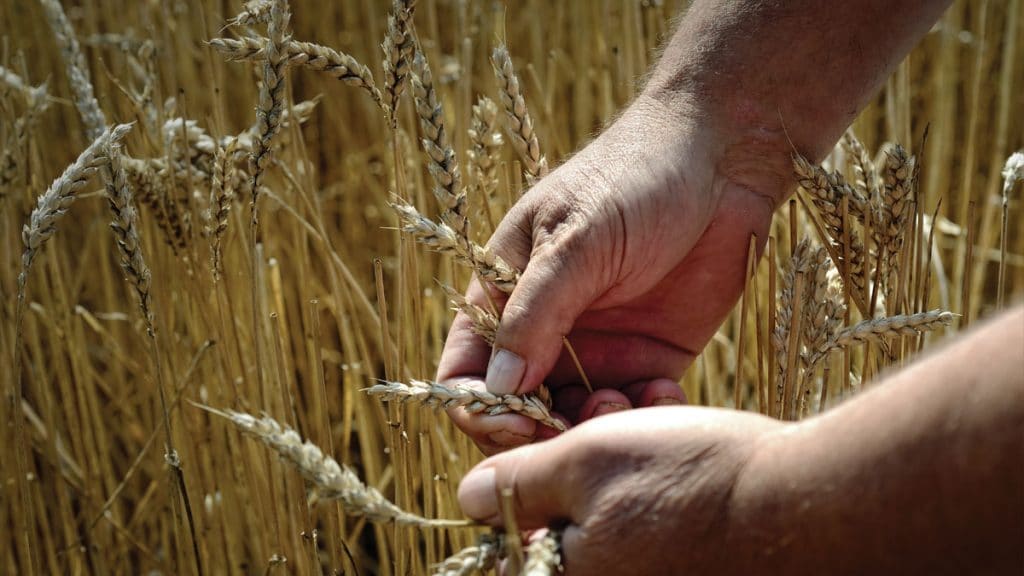When it comes to alternative service delivery for authorized seed crop inspection, there’s not much new to report. Minor tweaks and improvements are being made behind the scenes, but most of these won’t be noticeable to outsiders.
_x000D_
_x000D_
Last year marked a year of change for seed growers in Canada with the Canadian Food Inspection Agency looking to out source seed crop inspection services. Given the fast turnaround of the program from idea to implementation, most seem to think that 2014 went as smooth as could be expected given all the changes._x000D_
_x000D_
As for what’s to come in 2015, Michael Scheffel, CFIA national manager of the Seed Section, says this year, the staff, inspectors and seed growers will mostly be operating in a status quo environment, with the exception of plot inspections._x000D_
_x000D_
In mid-March, CFIA announced that plot training will be offered in 2015 as part of a pilot to assist the agency in determining the appropriate eligibility criteria for plot inspection training and help manage resources. Plot training will be offered to one Licensed Seed Crop Inspector (LSCI) per Authorized Seed Crop Inspection Service (ASCIS) per region. Training will consist of theory and practical components._x000D_
_x000D_
Other than that, industry shouldn’t see much difference from this past year, Scheffel says. “Then in 2016, we can look at further expanding the program to other crop kinds,” he says. A mostly status quo environment allows for improvements to be made to the existing program._x000D_
_x000D_
Behind the Scenes
_x000D_
_x000D_
Scheffel explains that a number of changes are being made to the information management system. One such change has to do with scheduling inspections. Last year ASCIS providers were required to schedule inspections at least 48 hours before they were to occur so as to give CFIA inspectors appropriate notification to schedule seed crop “check” inspections. While CFIA still requests prior notification, Scheffel says they acknowledge that it might not always be possible and have included alternatives to the 48-hour requirement should it be needed. Changes to the information management system should also help to facilitate inspection schedule changes, saving the ASCIS time and frustration._x000D_
_x000D_
Updates are also being made to the training material. “We identified areas that were not performed as well as we had hoped, so we are updating the training material,” he says. “This should result in more consistency and accuracy in how things are measured and reported across the country. We need to be as consistent and uniform as possible.”_x000D_
_x000D_
For example, Scheffel says that field isolation was one such area being reported that had quite a bit of variation. “Seed growers are required to maintain isolation — this might be three metres of bare soil or chopping out a crop,” Scheffel says. “It can get complicated, especially with irregular-shaped fields and drainage ditches.” CFIA is working in partnership with the Canadian Seed Growers’ Association on this issue._x000D_
_x000D_
The reauthorization of service providers is also required. During the past several weeks, CFIA has been re-issuing licenses for 2015. This past winter, CFIA inspectors audited every service provider and forwarded the audit report and a recommendation for renewal in 2015 to the Seed Section. After receiving the recommendation, we needed to confirm authorized service providers were interested in being licensed for 2015, which regions they wanted to work in and the minimum number of inspection applications they would accept, Scheffel says. These details are being confirmed._x000D_
_x000D_
He says this is going according to plan. “Now that we have been through everything one time, things will fall in place more easily this year,” Scheffel adds.













